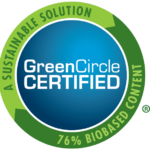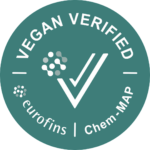We are committed
to authentic sustainability
Trusted third-party certifications.


Trusted third-party certifications.


Cleansport NXT™️ and FATES are derived from naturally occuring raw materials, reducing CO₂e output compared to every day items made from toxic fossil fuels.

A third party consulting firm conducted LCAs comparing Evoco’s eco-foam and an industry standard PU foam.
The results are clear, Evoco’s efforts to mitigate climate change at the source by using plant-based raw materials work.